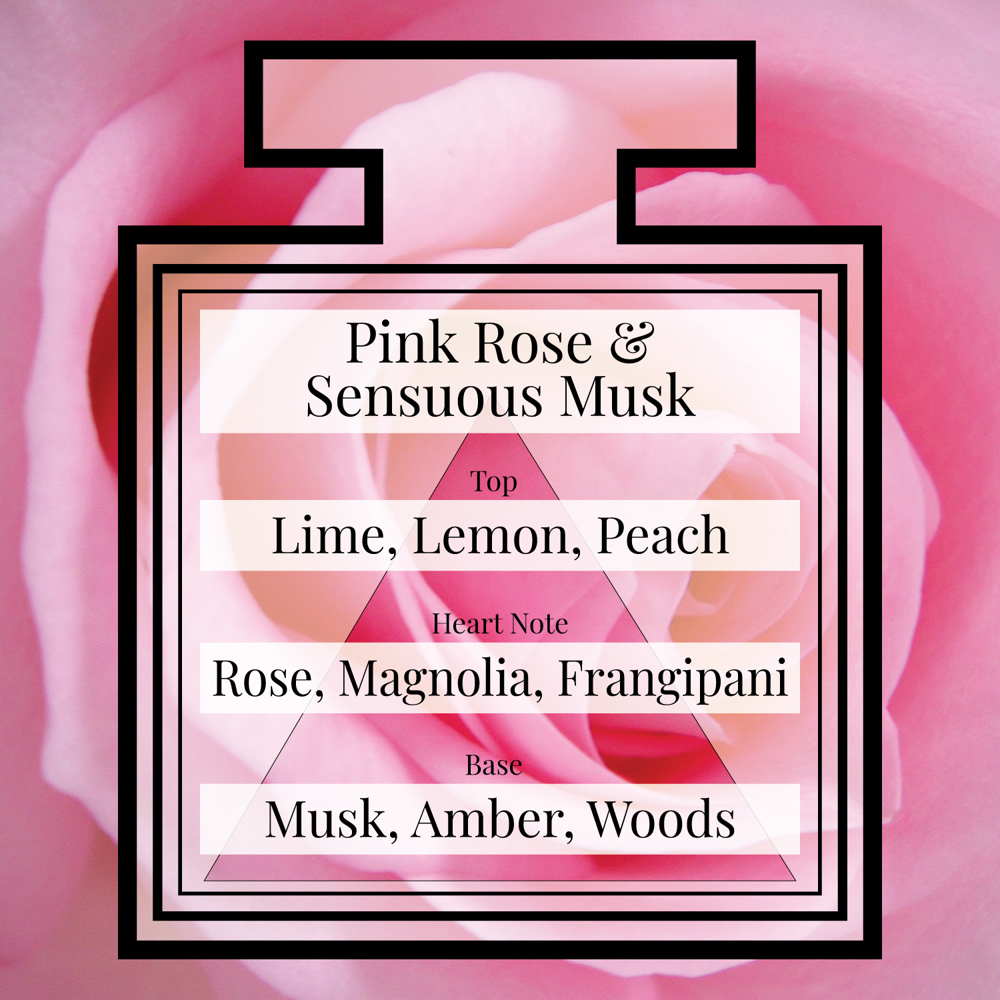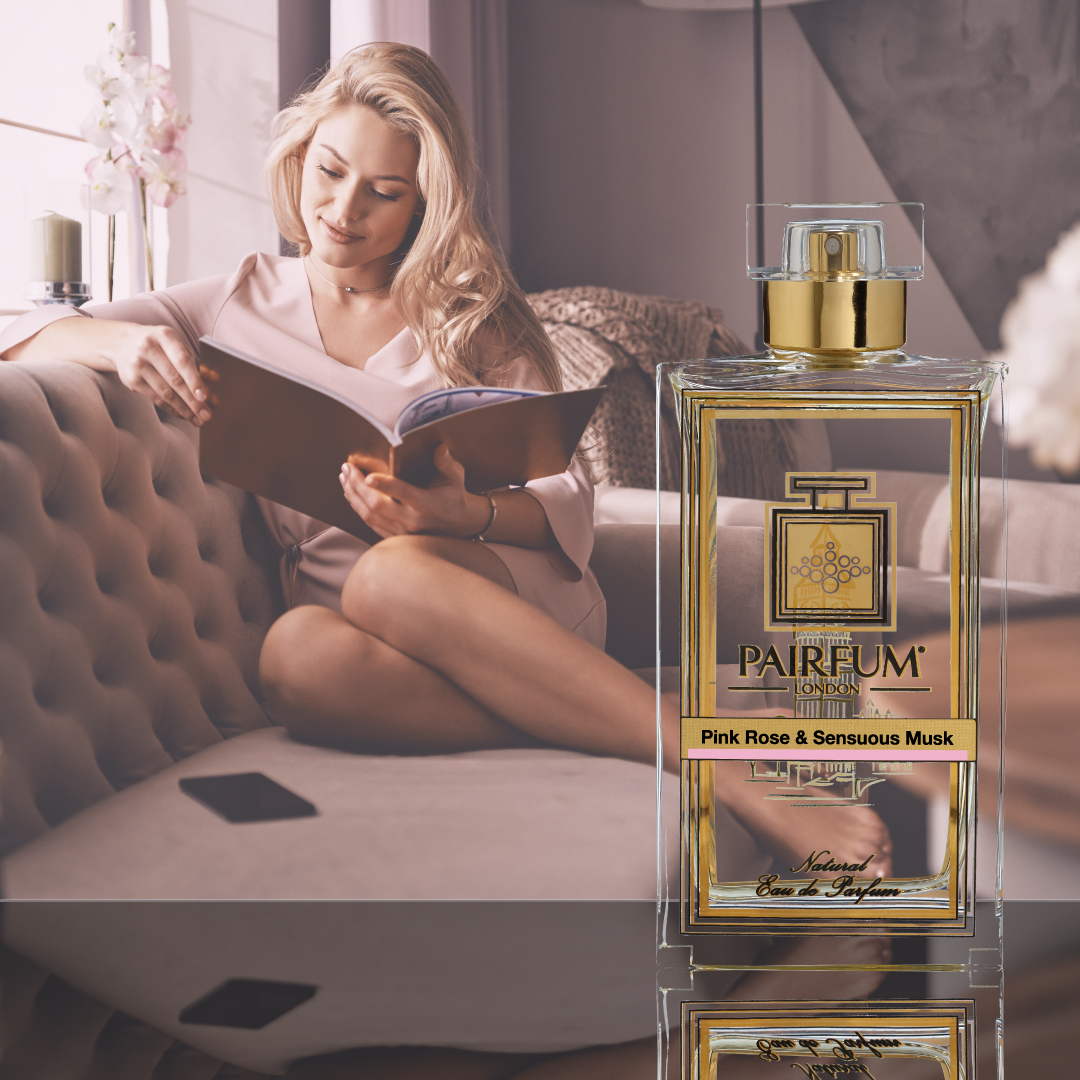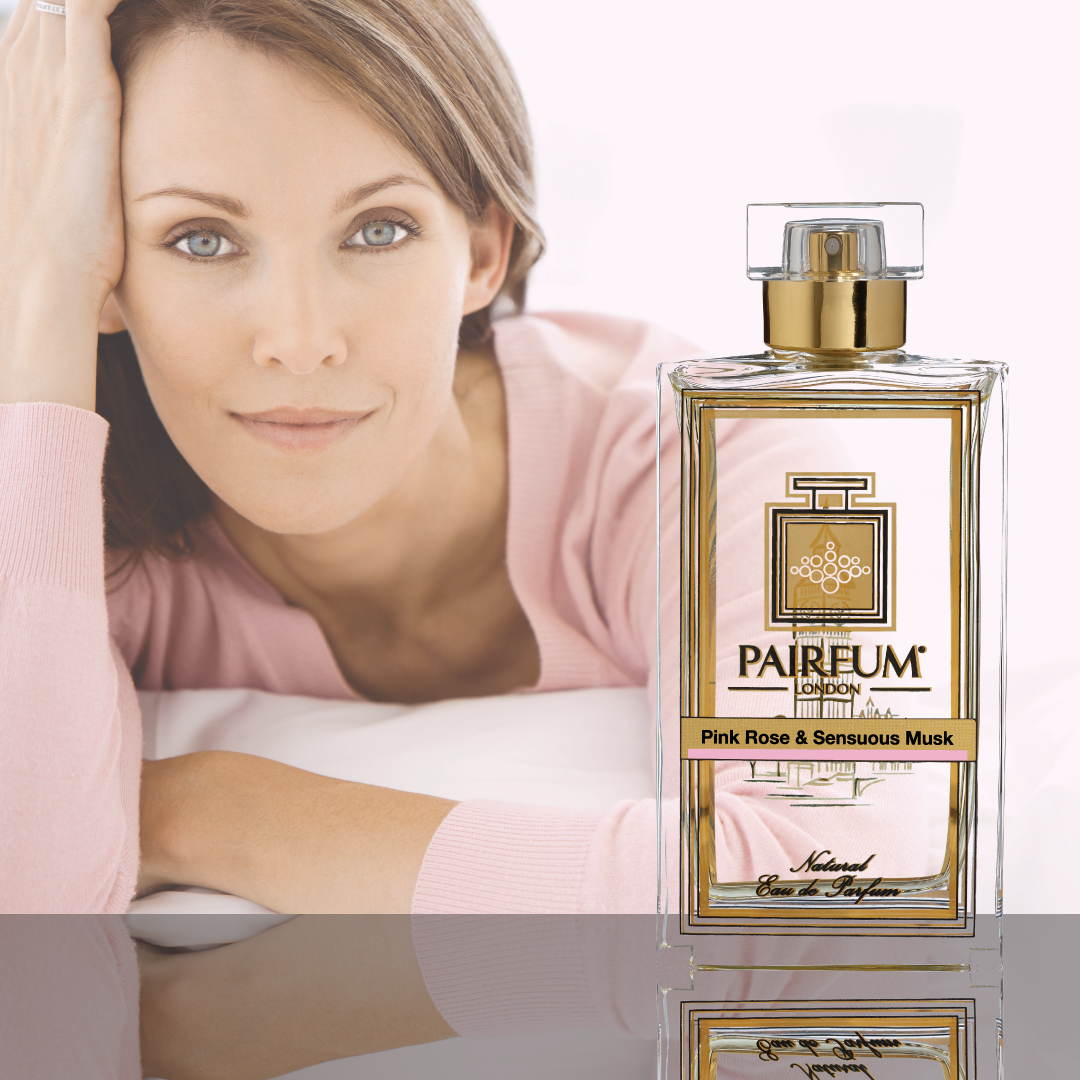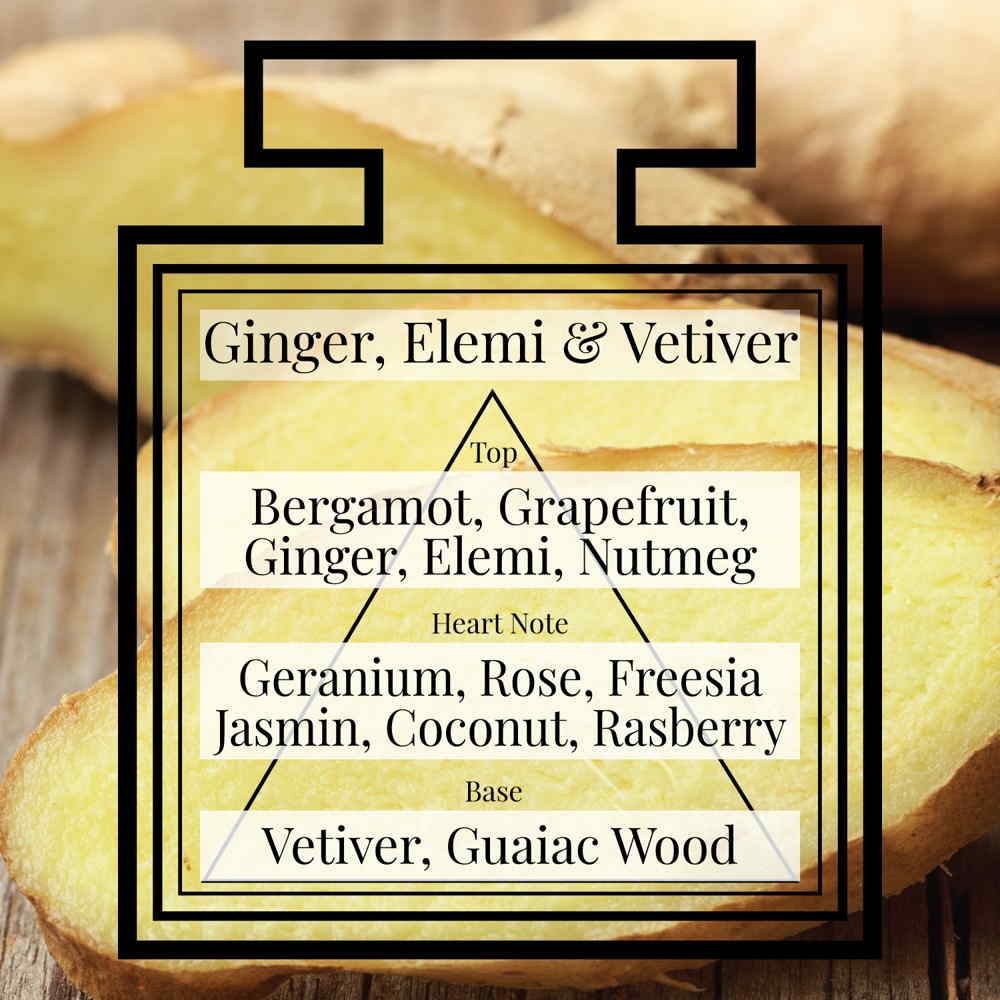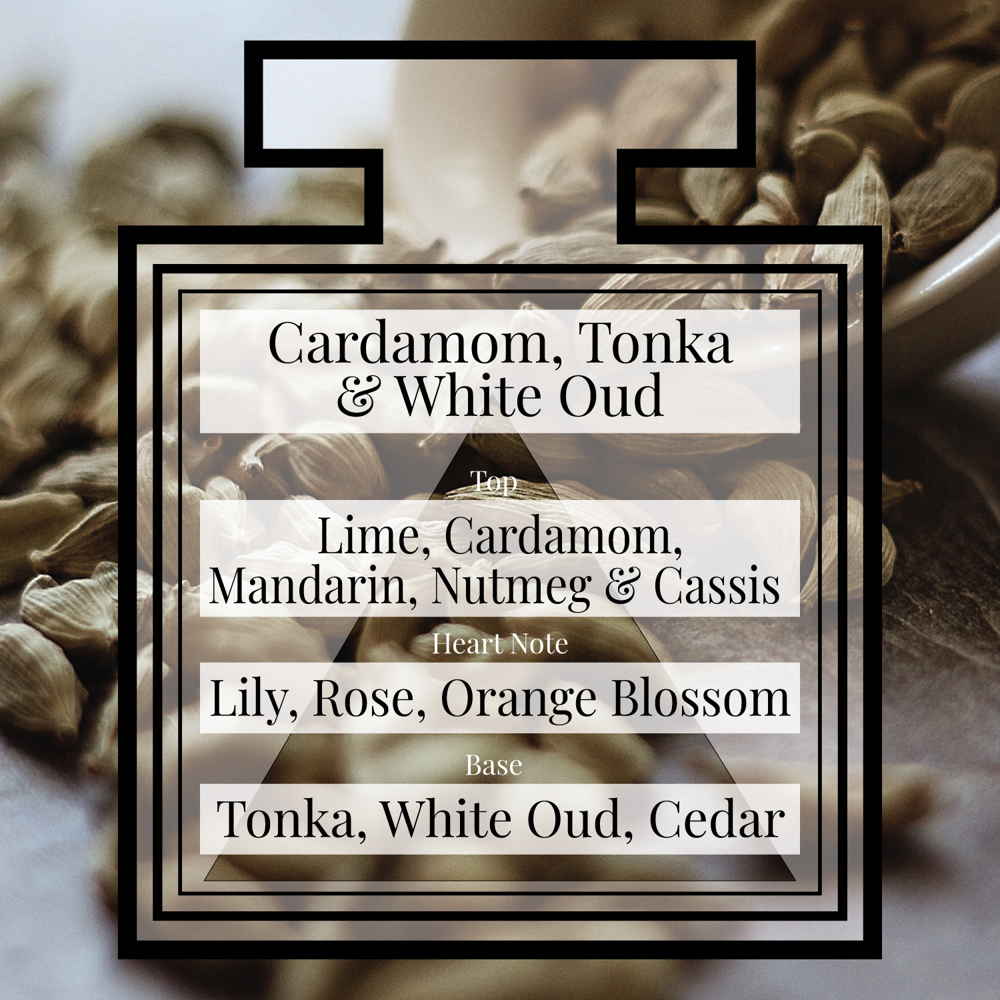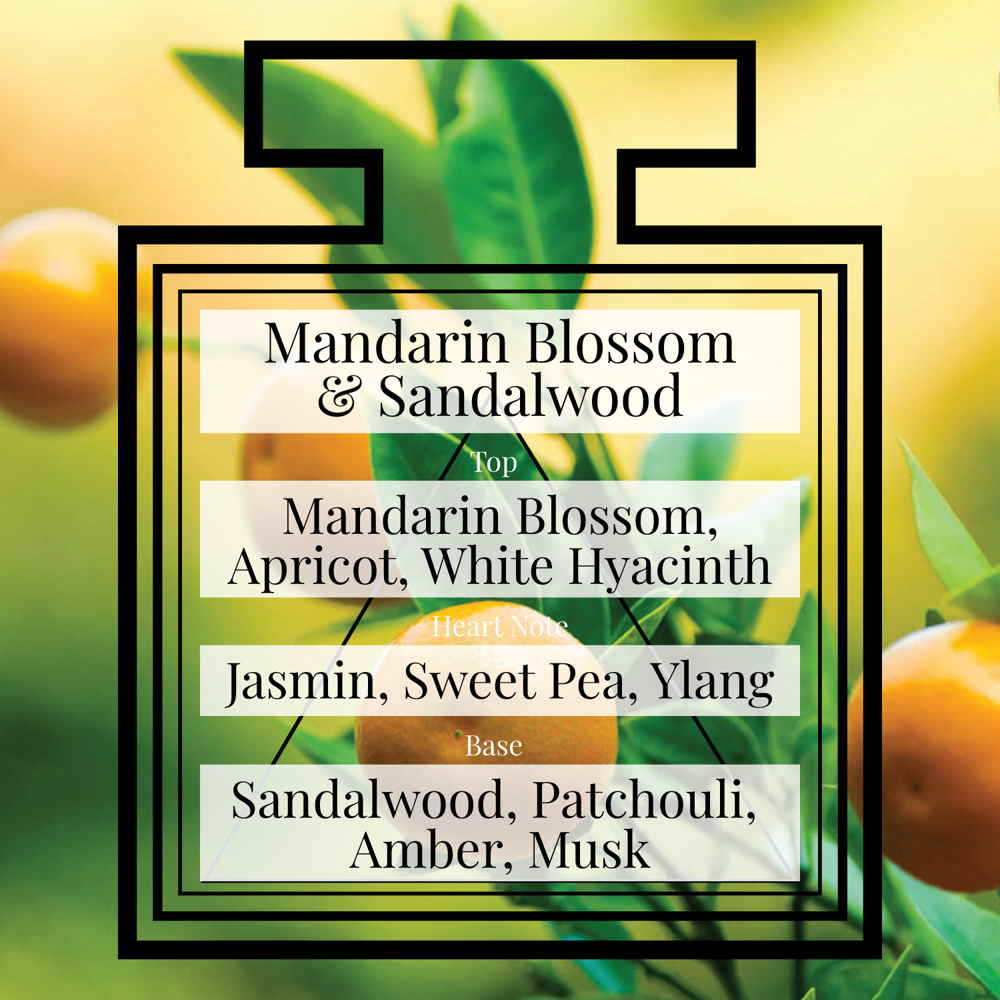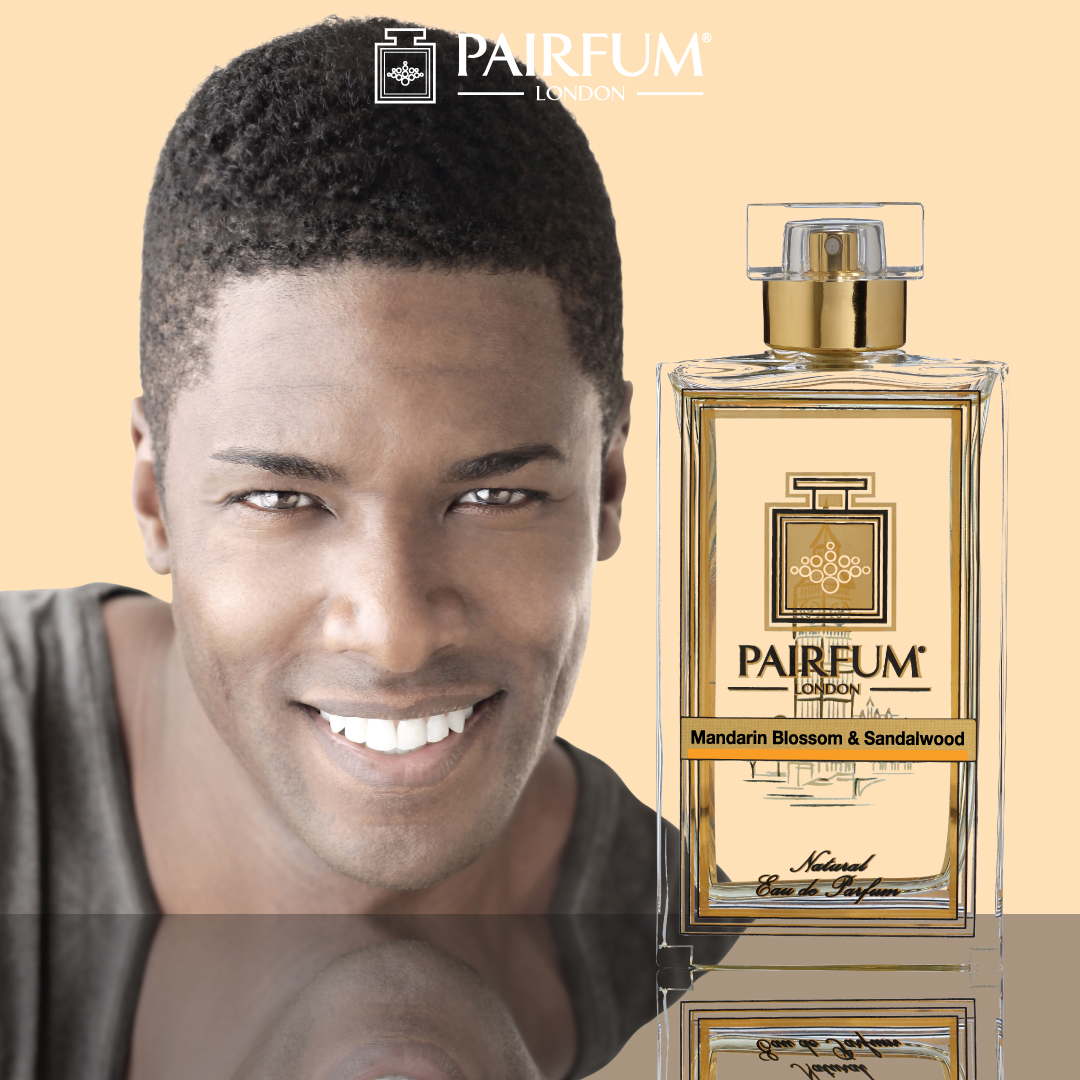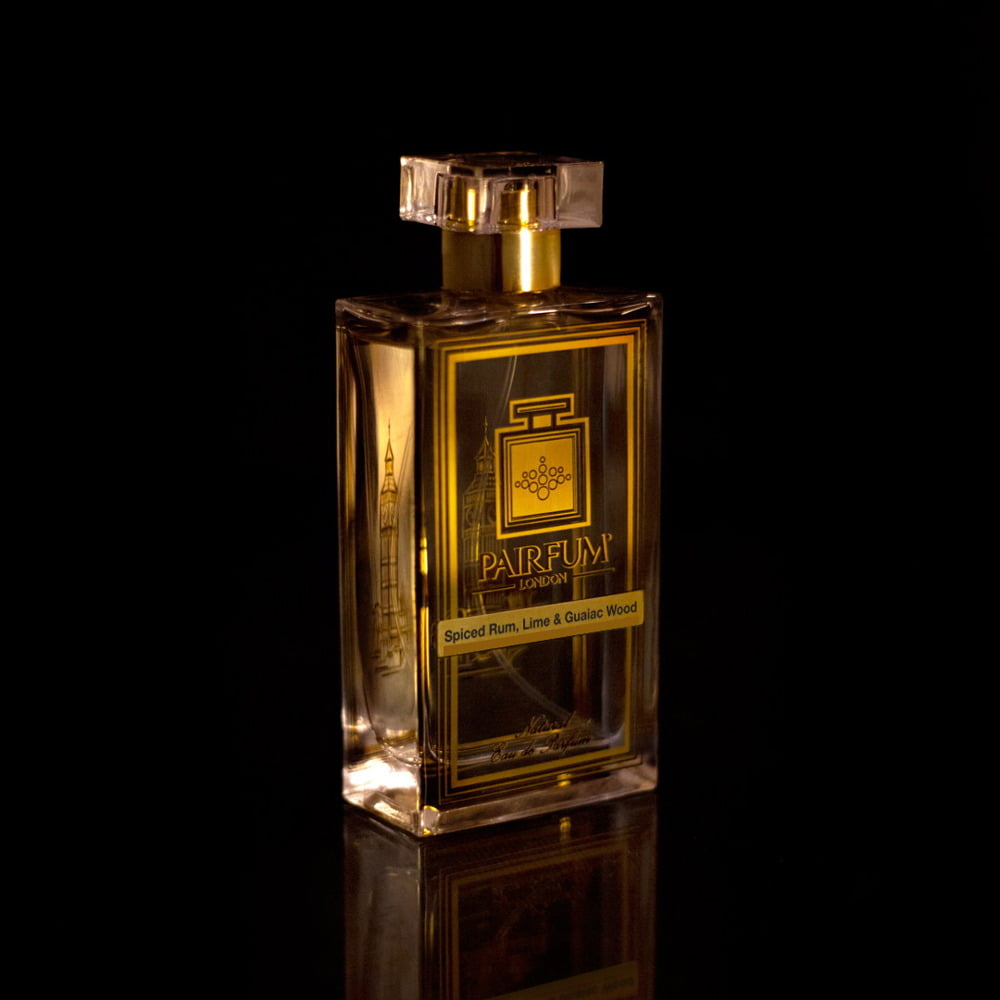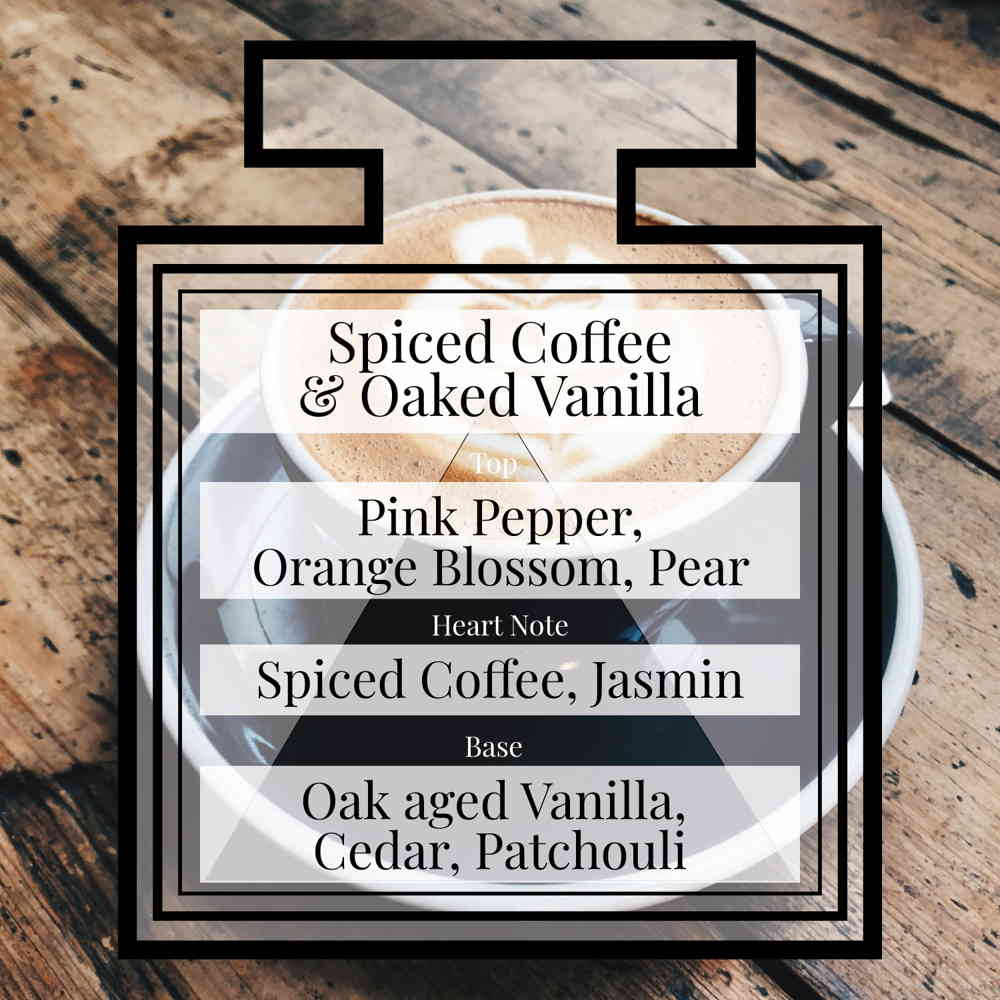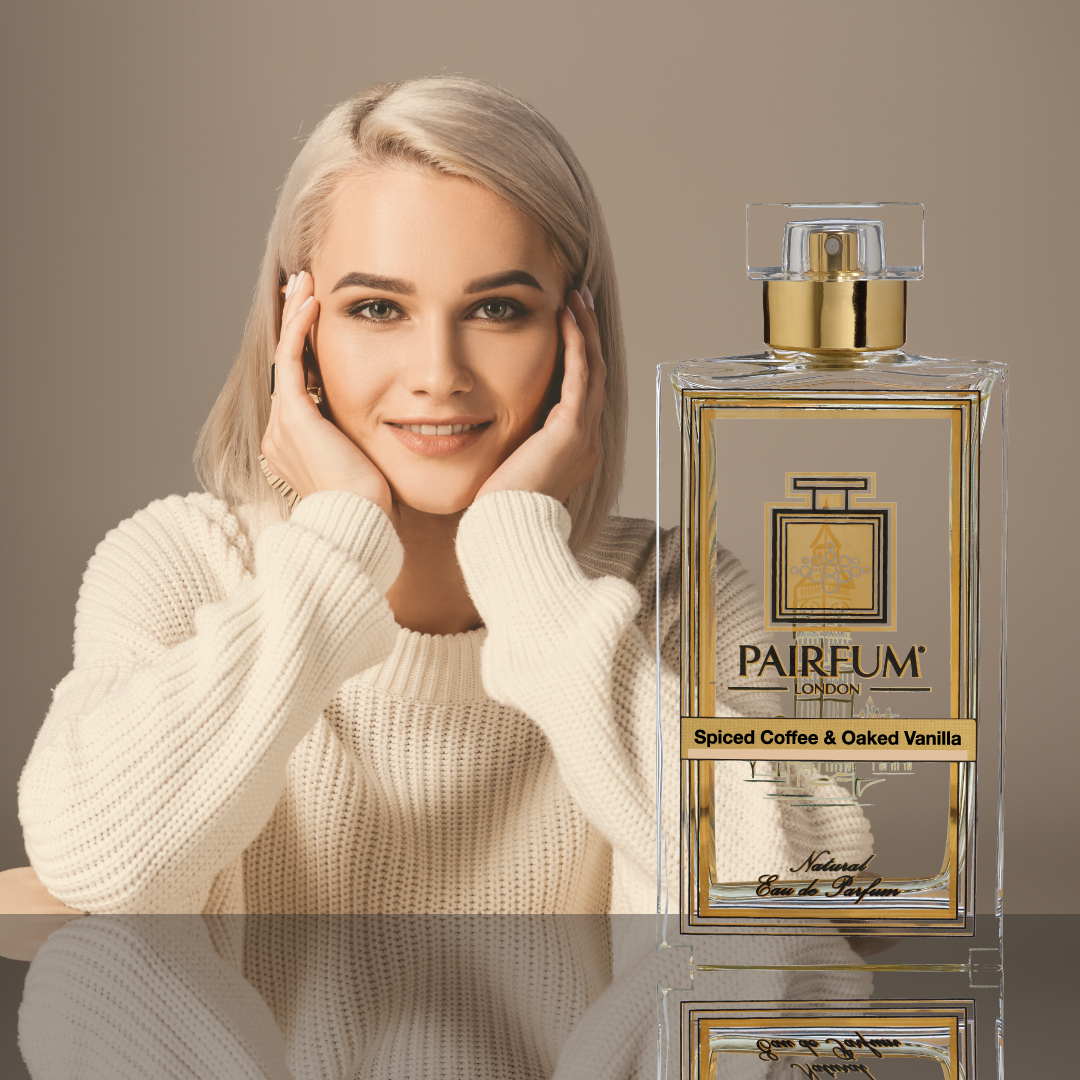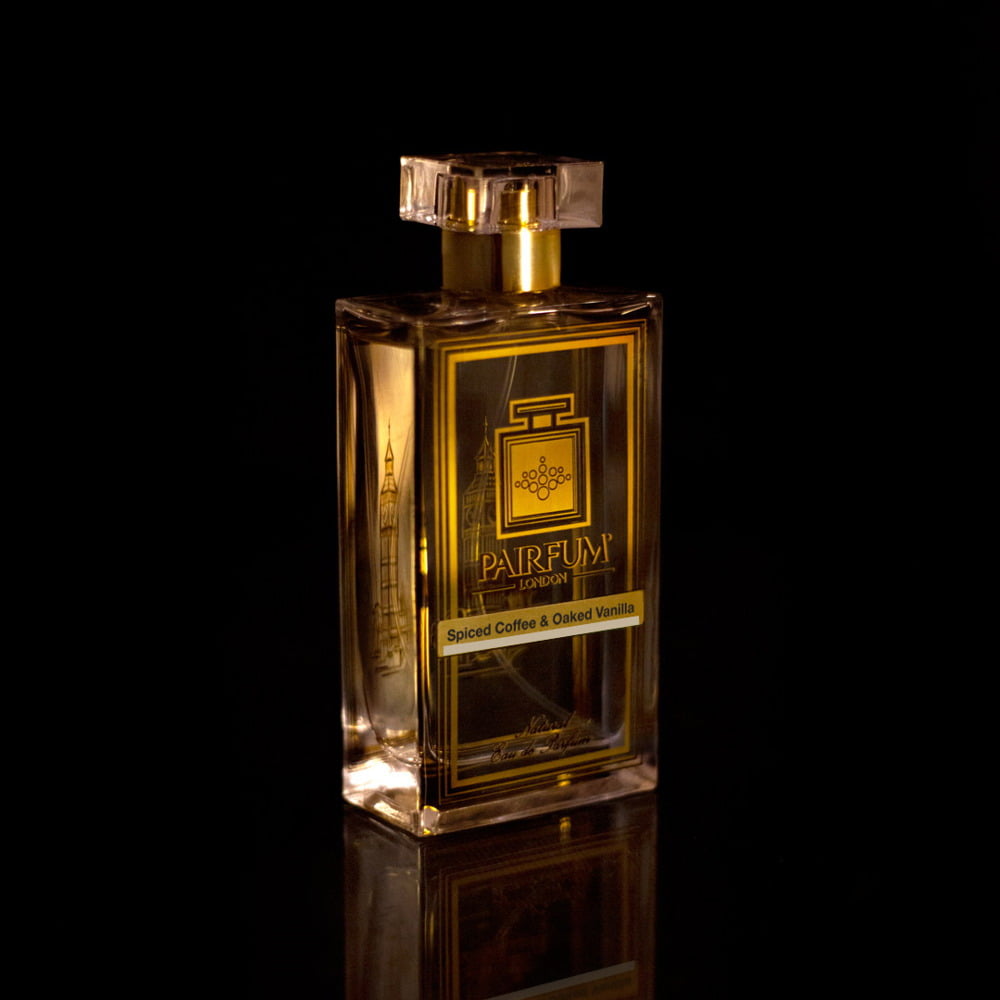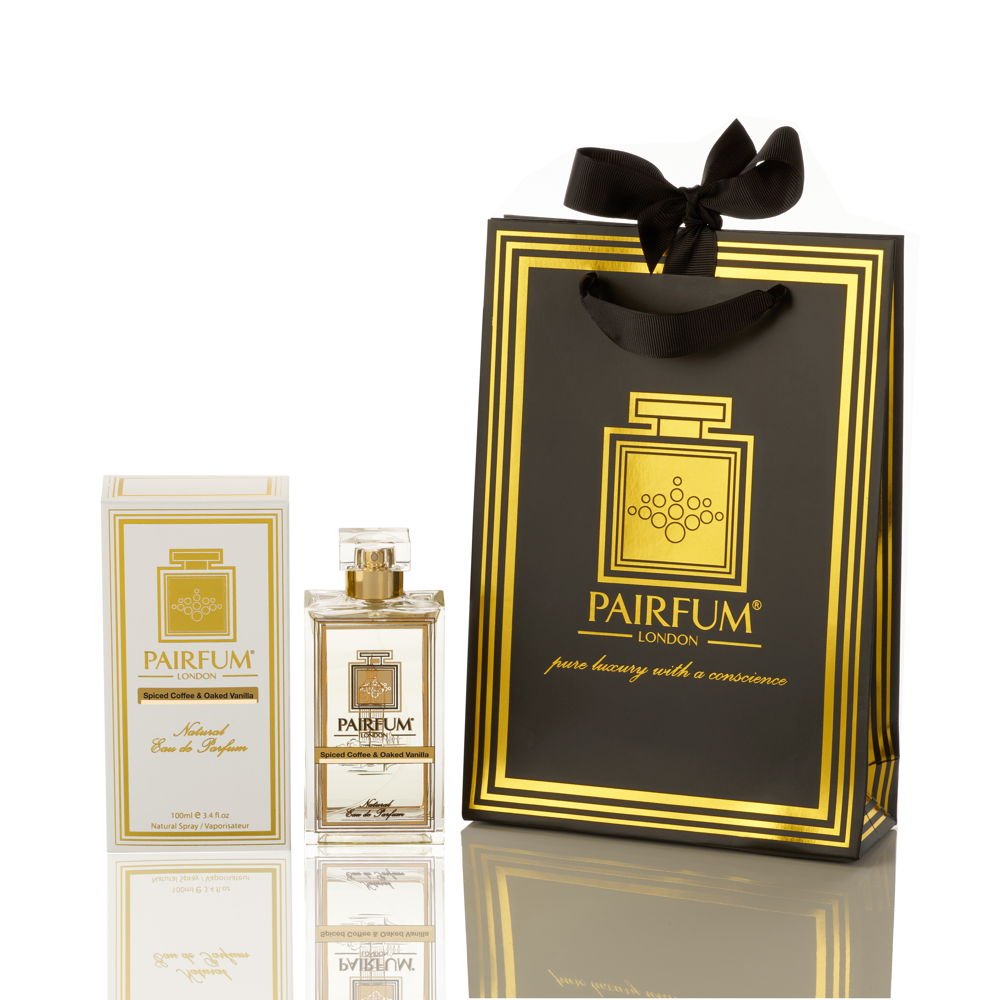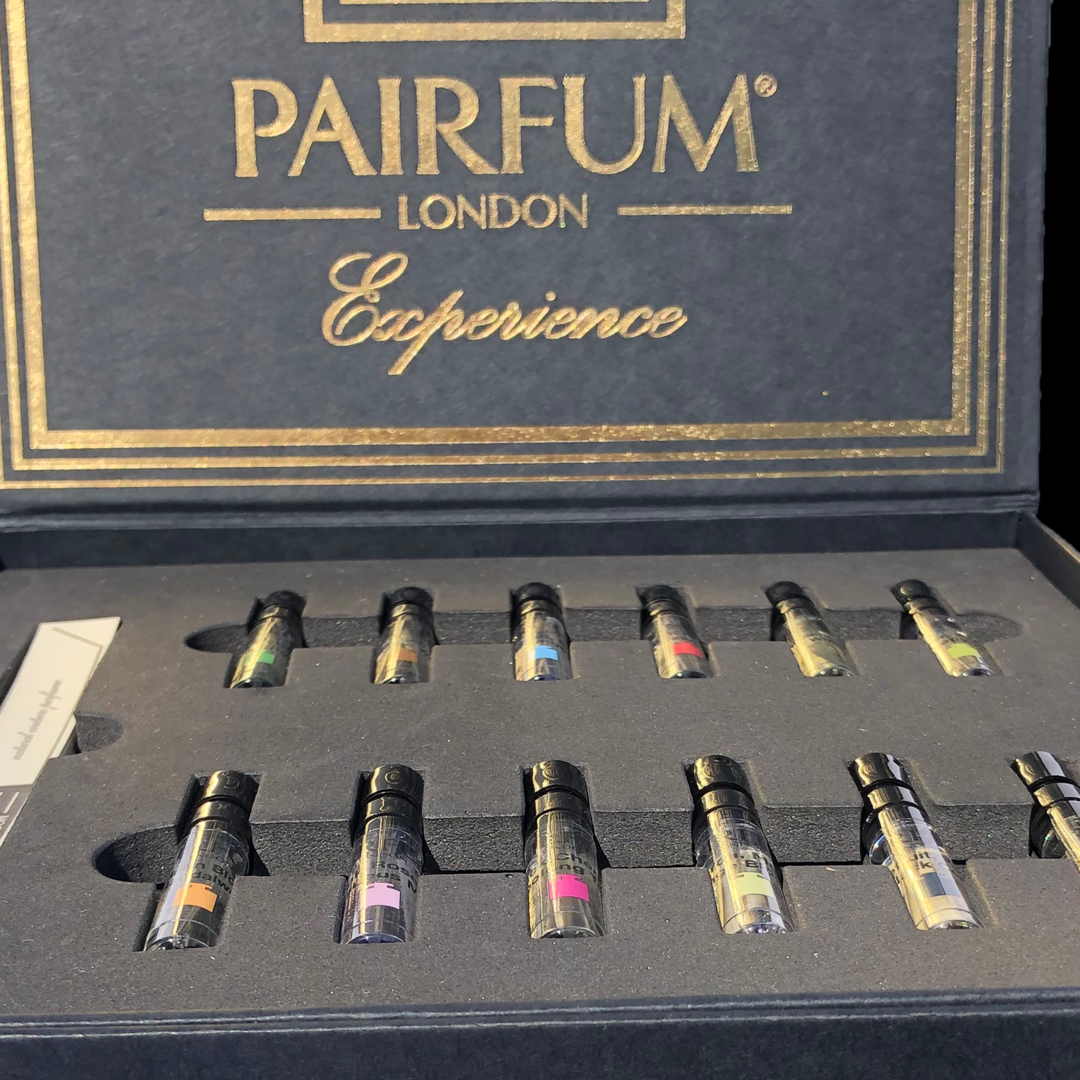The allure of sea salt in perfumery lies in its power to deliver a burst of freshness that feels both invigorating and calming. Sea salt, often tied to the soothing essence of sea water, brings an airy lightness to any perfume, evoking a gentle sea breeze dancing across a windswept shore near the British coast. When sea salt blends into a fragrance, it offers an unexpected twist, stirring memories of seaside escapes by wild waters and vast ocean horizons. This scent transforms a simple perfume into an aromatic journey, rich with the natural spirit of sea air. Sea salt, alongside other forms of salt, captures the imagination with its crisp charm, making it a beloved note in many a scent. Sea salt and salt weave a unique thread of freshness into every fragrance, whether inspired by the British Isles or distant shores.
In recent times, sea salt has soared in popularity among those crafting fragrance, thanks to its knack for balancing a scent. Sea salt, in its purest essence, harmonises with countless notes, allowing other ingredients in a perfume to shine while holding its own subtle, mineral scent. This versatility positions sea salt and salt as treasures for anyone seeking a fragrance with natural depth and sophistication. Let’s explore how sea salt and salt weave their magic into perfume, uncovering their history, cultural resonance, and the captivating freshness they bring to every scent. From the rugged cliffs by the ocean to the serene Mediterranean Sea, sea salt offer an aromatic fragrance that speaks to the soul. Sea salt, salt, and their variations remain timeless in enhancing a fragrance with earthy aromatic tones.
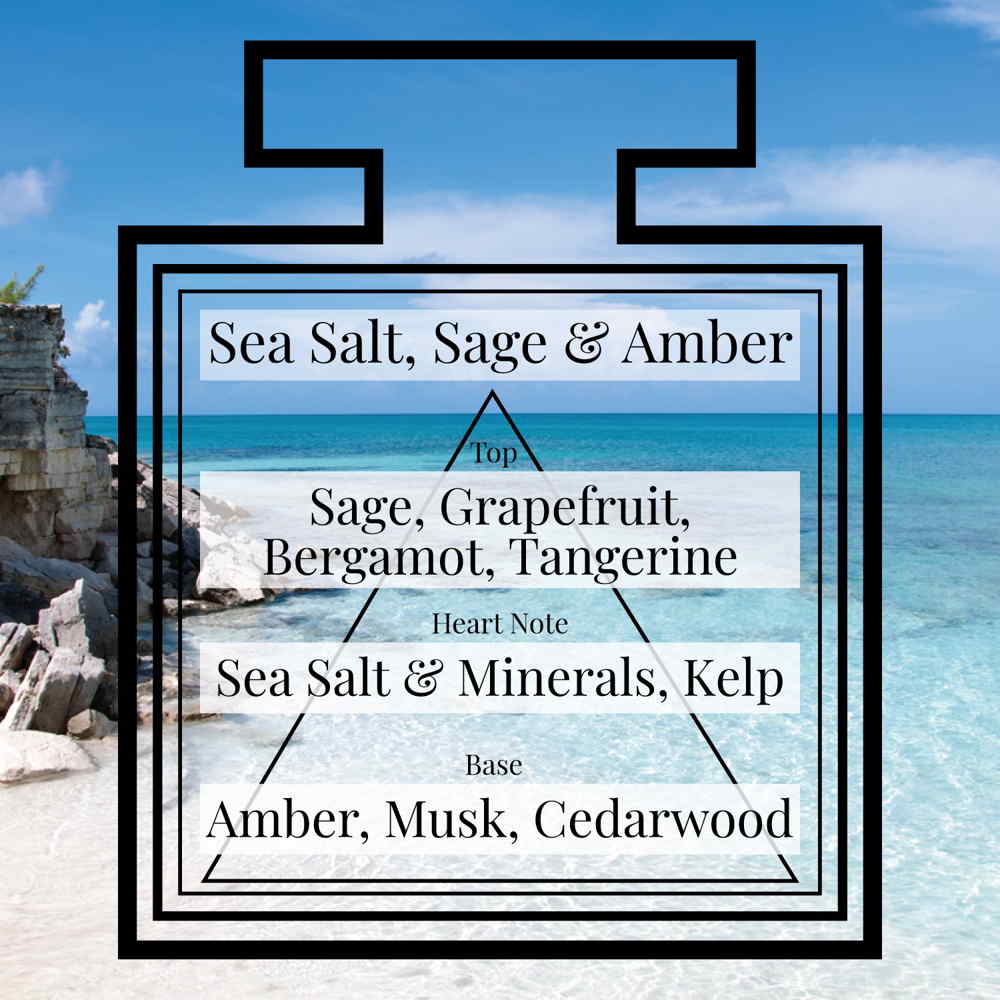
The History of Sea Salt and Salt in Perfumery
Sea salt has been cherished for centuries for bottling the essence of sea water. Its story, intertwined with salt, stretches back before modern fragrance emerged, with ancient cultures valuing salt and sea salt for enhancing aromas. Near the Celtic Sea, salt was revered for its purifying touch, leading to its use not just as a condiment but in early aromatic practices. Civilisations believed sea salt and salt in blends brought tranquillity, much like the calming effect of salt water from the ocean. Salt, including sea salt, became a symbol of purity, with its crystals often used in rituals tied to natural beauty across regions like the United Kingdom.
As the art of perfume evolved across continents, sea salt and salt found their place in countless traditions. Each culture shaped salt and sea salt to match their scent preferences, blending these ingredients with local notes for a unique fragrance. Over time, sea salt and salt moved beyond standalone notes to become vital partners for citrus, jasmine, and vanilla tones in a scent. Their adaptability shone during the Renaissance, when crafting eau de toilette grew prominent in Europe, often pairing salt and sea salt with herbs for freshness. Traditional methods of gathering salt and sea salt from sea water through evaporation in coastal pans added to their allure in any perfume or fragrance. Sea salt continues to inspire with their maritime heritage.
Today, sea salt and salt remain signature elements in modern scent compositions, admired for evoking the freshness of coastal landscapes. The timeless charm of sea salt and salt proves that simple ingredients often carry deep power to awaken senses, forging a link to nature, from the distant Dead Sea to local shores. Whether it’s sea salt, Seasalt Cornwall, or Cornish sea salt, these forms of salt connect us to history, enriching every fragrance. Sea salt, offers a scent that resonates with the ocean’s natural spirit.
Cultural Significance of Sea Salt and Salt Across the Globe
Beyond history, sea salt holds varied meanings in perfumery across cultures. By the Mediterranean Sea, sea salt and salt often symbolise purity, reflecting a bond with salt water and natural minerals. Fragrances here blend sea salt with herbal notes for a scent capturing a warm coastal day. In Nordic realms, sea salt and salt evoke the sharp freshness of icy sea air, often paired with a fresh woody scent for rugged allure that mirrors breaking waves. In tropical regions, sea salt conjures sun-soaked beaches, enhancing a fragrance with ocean vibes. This tapestry shows how sea salt and salt cross boundaries, stirring ties to the sea in every scent or perfume, whether inspired by Seasalt Cornwall or beyond. Sea salt and salt remain universal in their appeal across fragrance traditions.

The Science Behind the Scent of Sea Salt and Salt
Ever wondered why sea salt and salt in a fragrance carry an oceanic whisper? The secret lies in their mineral content, packed with trace minerals and trace elements like magnesium, potassium, and sodium, lending a crisp, briny edge to any scent. These natural minerals, when distilled into sea salt for a perfume, mingle with fragrance molecules to craft an airy sensation that feels tangible on the skin, as if kissed by salt water. Perfumers boost this freshness by blending sea salt and salt with accords echoing sea air, heightening the mineral scent of a fragrance. The purity of sea salt ties into wellness trends, appealing to those mindful of sodium intake or excessive sodium intake, as these minerals aid fluid balance in nature, though high blood pressure concerns remind us to balance such intake elsewhere.
Sea salt, differs from regular table salt or regular salt, as their trace elements and mineral content add a textural quality to a fragrance, unlike the refined sodium chloride of table salt. This crunchy nature of sea salt crystals and salt crystals brings unique texture to a scent, making sea salt stand out over different salts like standard table salt. Whether from cornish sea salt, or other sea salt varieties, the minerals in salt elevate a perfume with earthy aromatic tones that feel organic. Sea salt weave a natural depth into fragrance with their pure essence.
Types of Sea Salt and Salt Extracts in Perfumery
When creating a fragrance with sea salt and salt, a perfumer can select from extracts, each bringing nuances to a scent. These forms of sea salt allow for varied olfactory experiences in any perfume or eau de toilette.
Sea Salt Crystals: Harvested from evaporated sea water, these salt crystals offer a raw, mineral-heavy aroma. Their texture adds a rugged feel to a fragrance, evoking an ocean breeze.
Fine Sea Salt: Ground into softer salt grains, this sea salt form provides a gentler scent, blending with citrus or floral notes like grapefruit or english pear for subtle freshness in a perfume.
Sea Salt Absolute: A concentrated extract of sea salt and salt, it imparts a deep aroma to a fragrance, perfect for capturing sea air.
Fleur de Sel: A premium sea salt and salt variety, hand-harvested from salt pans, its delicate salt crystals carry a refined briny note, adding luxury to a scent or sea salt cologne.
Each type of sea salt tells a story within a fragrance, whether grounding a coastal scent with durability or layering depth into an aromatic fragrance. This variety, from Seasalt Cornwall to other salt forms, shows why sea salt and salt are beloved in crafting perfume. Sea salt and salt continue to inspire with their textural quality in any scent.

Iconic Perfumes Featuring Sea Salt
As sea salt has risen in prominence, numerous iconic perfumes have harnessed this maritime note to stunning effect. These fragrances are lauded for capturing the wild, evocative charm of the sea while retaining a polished sophistication that draws wearers in.
Some standout perfumes with sea salt include:
- Calvin Klein’s Escape: A masterful creation where sea salt tempers the fruity and floral tones, enhancing a vivid coastal feel that transports you to sandy shores.
- Jo Malone’s Wood Sage & Sea Salt: Beloved for its grounded, natural essence, the sea salt here brings a sharp, crisp bite that blends with sage to recall windswept cliffs. Wearers often describe it as a breath of fresh air, evoking quiet walks by the sea with its subtle, salty warmth.
- Creed’s Erolfa: A classic oceanic fragrance where sea salt anchors a blend of citrus and herbs, crafting a clean, adventurous vibe reminiscent of sailing on open waters.
- Maison Francis Kurkdjian’s Aqua Universalis: Here, sea salt mingles with lily of the valley and citrus, lending a bright, mineral freshness that feels like a gentle wave against the skin.
- Byredo’s Blanche: A minimalist scent where a hint of sea salt adds a crystalline, almost metallic purity to white florals, evoking a serene, salty mist as noted by many fragrance enthusiasts.
Sustainable Sourcing for Fragrance
With growing demand for natural ingredients in fragrance, sustainability in sourcing sea salt is vital. Sea salt and salt for a scent are often gathered from unspoiled shores, using methods of evaporating sea water in salt pans to preserve the environment. These techniques ensure sea salt and salt retain trace minerals while supporting eco-friendly practices. Artisanal harvesters, often hand-collecting salt and sea salt near regions like Seasalt Cornwall, protect marine habitats, adding to the natural beauty of a fragrance. For scent lovers, choosing a perfume or sea salt cologne with responsibly sourced sea salt and salt brings purpose, aligning with care for the ocean that inspires every fragrance note. Sea salt and salt embody sustainability in their purest forms.
Culinary Connections: Sea Salt and Salt as Inspiration
The influence of sea salt extends beyond fragrance into culinary realms, inspiring a scent with versatile charm. Just as sea salt and salt enhance flavour in a recipe, they enrich a perfume with a mineral scent that feels vibrant. In coastal areas, salt, sea salt, and Cornish sea salt season dishes with fish, seafood, and meat, often stored in a cool dry place to maintain potency as a condiment. These ingredients, like in a fragrance, add a textural quality to sauces, mirroring how sea salt and salt bring texture to a scent. Whether sprinkled from a salt mill or used in selected products, sea salt and salt connect culinary and aromatic worlds, evoking the freshness of sea water in both a dish and a perfume, reminding us of their shared natural spirit in various dishes.

Uses and Benefits of Sea Salt and Salt in Fragrances
Adding sea salt to a fragrance creates a crisp bouquet that lifts a scent’s profile. The mineral content of sea salt and salt delivers a breath of the outdoors, refreshing senses like sea air. This makes sea salt and salt sought-after in a perfume or eau de toilette meant to inspire serenity, akin to relaxing by breaking waves. Sea salt and salt shine in a fragrance by opening other notes, especially with citrus, vanilla, or jasmine, where airy essence adds depth. This freshness, found in sea salt, energises a scent for vibrant appeal. Sea salt and salt offer a natural depth that transforms any perfume.
Key benefits of sea salt and salt in a fragrance include:
- Boosting freshness with a cool, lively burst in any scent.
- Enhancing durability, letting a perfume linger longer.
- Balancing sweetness in a fragrance, refining the aroma.
Sea salt lends a spirited edge to a scent, ideal for daytime wear or warmer seasons when a light perfume or eau de toilette with freshness is cherished, reminiscent of a visit to a windswept shore. Sea salt and salt continue to captivate with their unique charm in fragrance.
Perfect Pairings: Matching Sea Salt and Salt with Fragrance Notes
One joy of sea salt in a fragrance is their knack for blending with scent families, sparking delightful combinations in a perfume. With citrus tones like grapefruit, sea salt and salt heighten tangy zest, evoking a seaside grove kissed by salt water. Alongside florals like jasmine, sea salt and salt introduce an oceanic whisper into a scent, mirroring blooms near sea air. For richer profiles, sea salt meld with vanilla or ambrette seeds, offering a warm, salty depth in a fragrance. They shine in aquatic blends with red algae, amplifying seaside immersion in a perfume, or add a mineral scent with earthy aromatic tones. These pairings reveal how sea salt enhance any fragrance, infusing natural depth into every scent. Sea salt and salt weave freshness into citrus and other notes with ease.
When to Wear Sea Salt and Salt Fragrances: Seasons and Occasions
A sea salt perfume or fragrance with salt adapts to seasons and settings with freshness. In spring and summer, the light notes of sea salt, suit casual outings or seaside escapes, reflecting sunny warmth. Through autumn and winter, a scent with sea salt and salt paired with deeper tones offers nostalgic warmth, perfect for cosy nights. For occasions, a fragrance with sea salt and salt fits daytime events or coastal holidays, though a layered sea salt cologne can suit evening elegance. Whether wandering by wild waters or enjoying a garden brunch, a perfume with sea salt and salt brings effortless allure to the skin. Sea salt and salt elevate any fragrance moment with their crisp nature.
Sea Salt and Salt in Self-Care and Home Fragrance
Beyond a personal scent, sea salt and salt inspire self-care and home fragrance, extending calming freshness. In rituals like baths, sea salt and salt, rich in magnesium and potassium, soothe with trace elements, much like their role in a perfume. A hand cream infused with sea salt and salt essence can evoke sea air, enhancing natural beauty. At home, a reed diffuser or air freshener with sea salt and salt transforms spaces with a mineral scent, while gift sets with home fragrance items bring the ocean’s natural spirit indoors. Whether in a sea salt perfume, eau de toilette, perfume oil, or home scent, sea salt and salt weave coastal charm into daily life. Sea salt and salt offer a serene touch in various forms of fragrance.

Bringing Sea Salt and Salt Into Your Fragrance Collection
Adding sea salt and salt to your fragrance wardrobe introduces oceanic flair to any scent. When choosing a sea salt perfume or perfume oil with salt, consider how freshness complements daily rhythms or seasons. The breezy aroma of sea salt and salt suits spring and summer, yet can warm cooler months in a fragrance with deeper notes. To enhance a scent with sea salt, pair with citrus for added freshness, seek a versatile eau de toilette for day-to-night wear, or experiment with blends for a bespoke perfume. Welcoming a fragrance with sea salt and salt brings a revitalising twist, enchanting senses with sea air. Sea salt and salt transform personal fragrance with their crisp allure.
Sea Salt, Sage & Amber – Eau de Parfum by Pairfum London
A wonderfully fresh, sophisticated fragrance where Sage & Grapefruit are enriched by hints of fresh Bergamot and Tangerine top notes. The invigorating heart is enlivened with nuances of Seaweed, a fresh Sea breeze, Sea Salt and Kelp, all of which becomes smooth with a soft base of Musk, Amber and Cedarwood.
Embrace the Oceanic Charm of Sea Salt and Salt
Sea salt and salt continue to captivate within the fragrance world, highlighting nature’s bond with personal expression through scent. Their presence in a perfume or eau de toilette offers a breath of sea air, stirring peace with every application. . By weaving a fragrance with sea salt into your collection, you unlock possibilities these powerful ingredients bring to a scent, enhancing life with natural spirit and freshness. Sea salt and salt remain eternal muses in crafting any aromatic fragrance.


